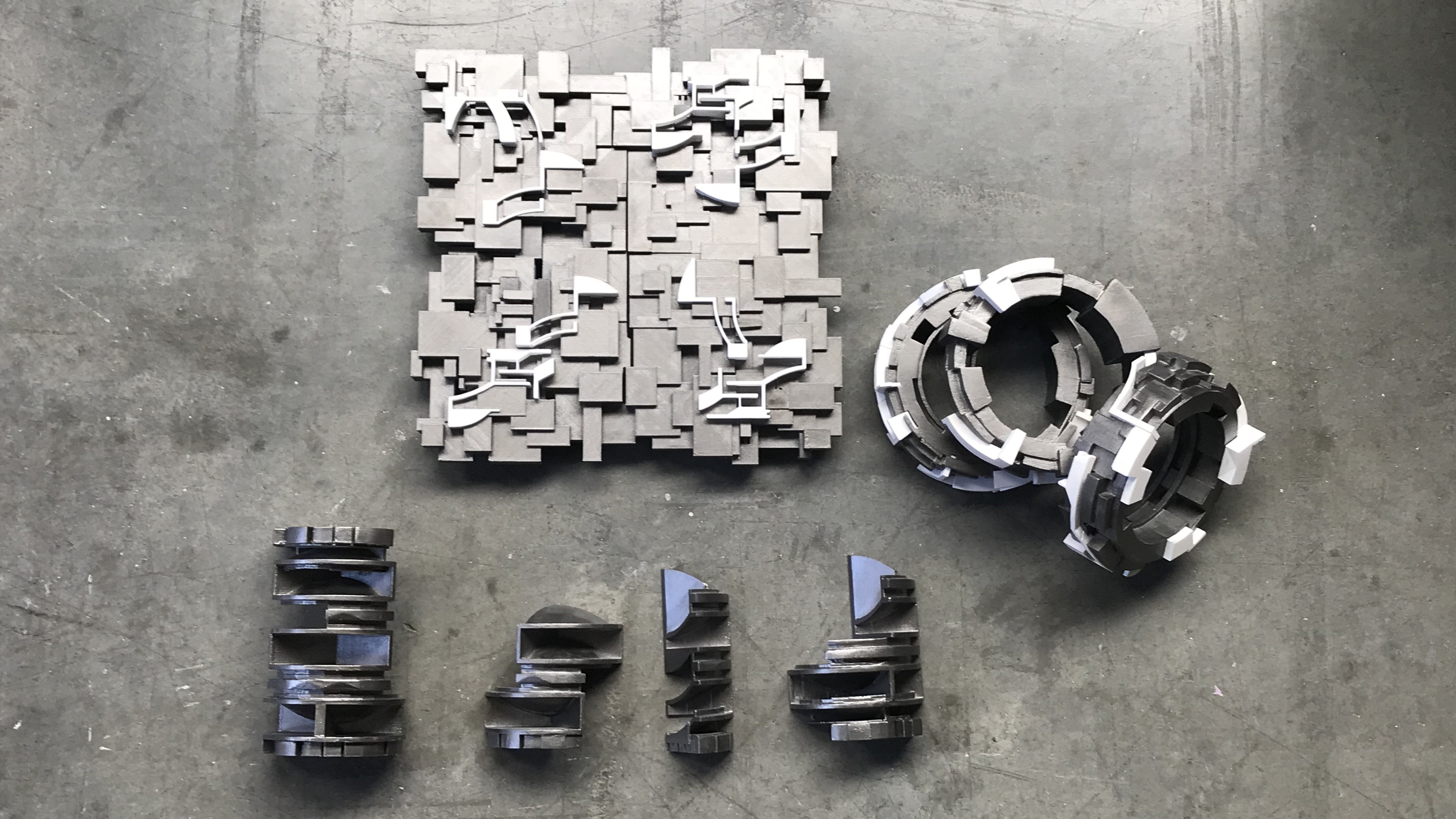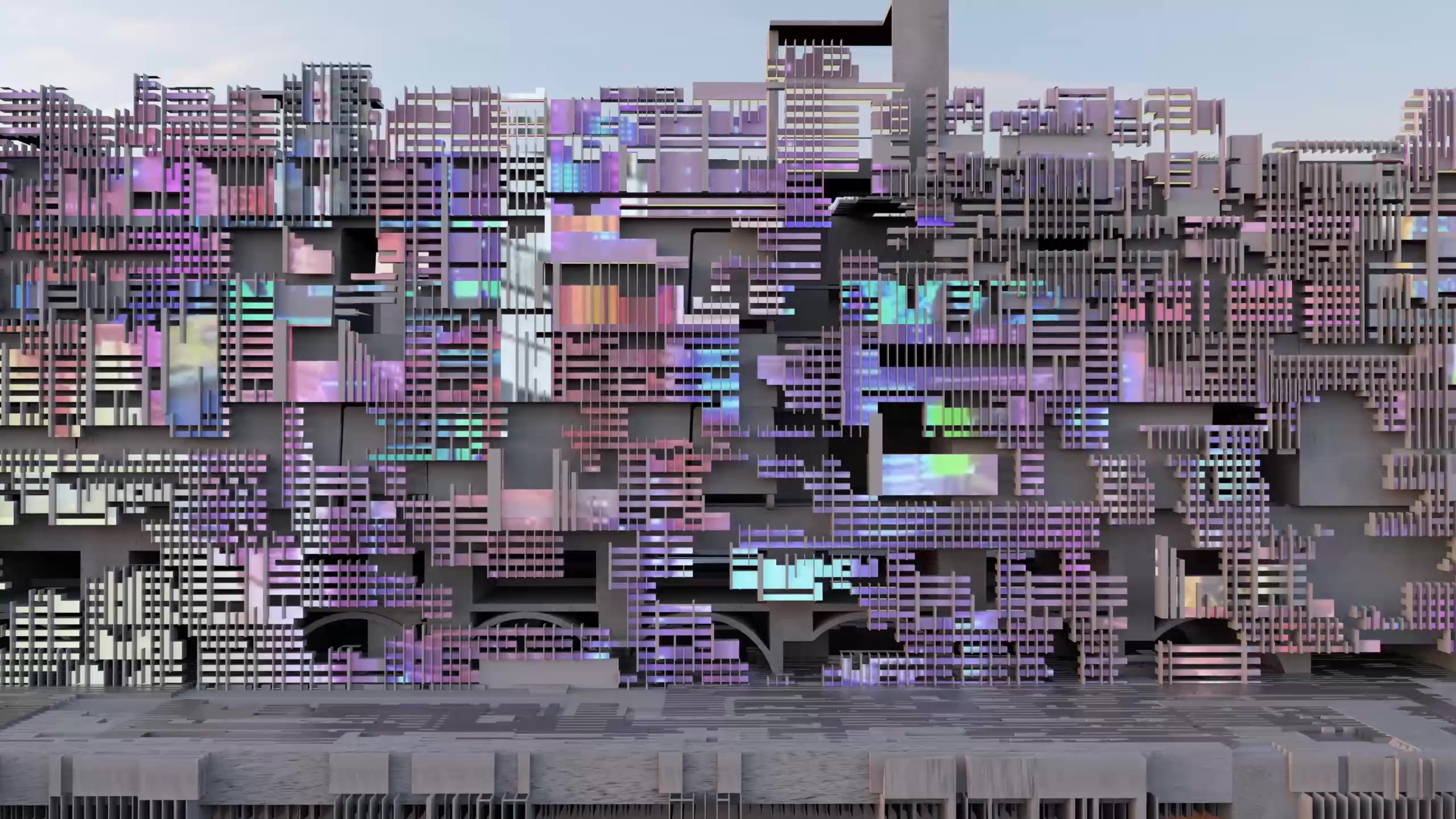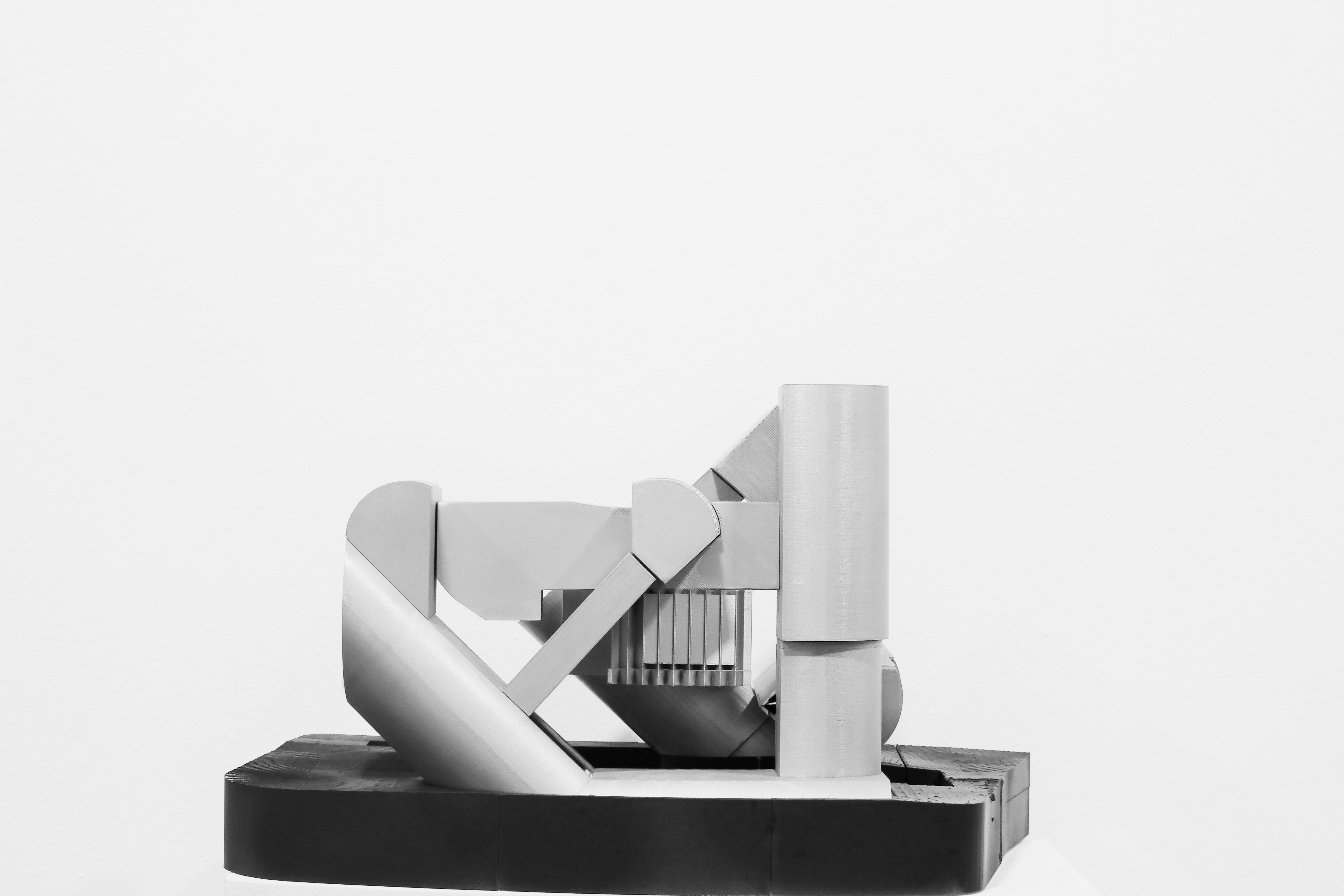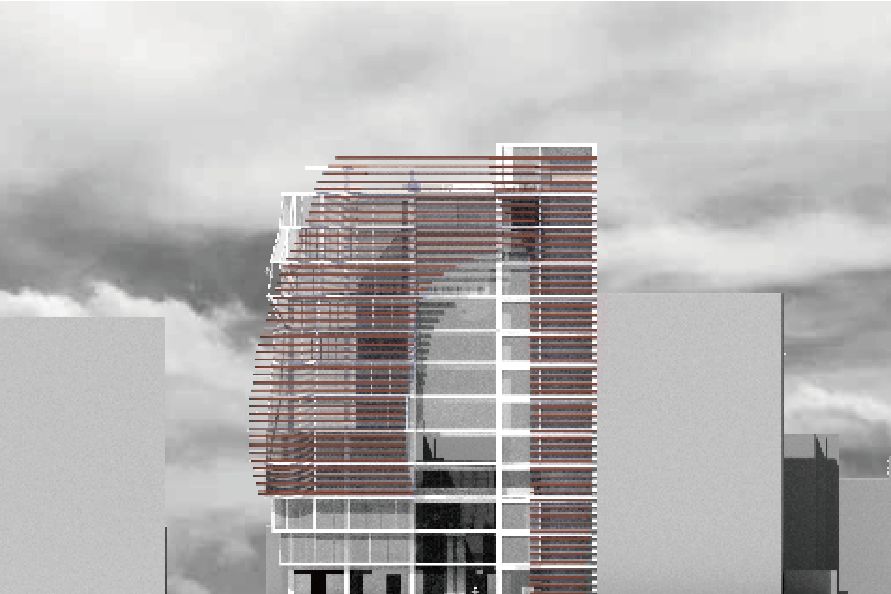
In Detail :
Strange Connections and other Puzzling Architectural Assemblies
Instructor: Dwayne Oyler
Partner: Evelyn Junco
Site: Los Angeles, CA
This project begins by looking closely at several 3-dimensional puzzles by hanayama . Those puzzles were then transformed and reinterpreted into a new set of elements (that retain the key connective principles found in the original).
BUILDING ASSEMBLY
The building is divided into three main structures or levels and they are broken down in a way that they interrelate and lock themselves into each other. The small extruded pieces serve as interlocking parts to hold the building while serving and forming smaller interior spaces holding different functions. The language of the building and the spaces formed out of the void spaces from the building movement and erosion on the site, reinforce the strong relationship to the ground.
For these parts to work, they strictly follow a set of instructions. The three main parts need to rotate between each other, slide the interlocking pieces and follow a track for its composition. These interlocking pieces will define our public and private spaces housing specific functions of the program of the museum: galleries, exhibition and underground spaces.
DETAIL
After several studies, one aspect of the original Hanayama puzzle that wasn’t explored was the element of surprise or unexpected results as you solve it. Our detail explores a different conceptual approach. While keeping a similar formal language as the 2D and 3D puzzles, we considered another interpretation at a very different scale. As you rotate the small handle, it pushes and locks the upper bar directly but, at the same time, it pushes the central disk, rotating it and pushing the lock at the bottom. At first, it is not obvious that something else is going on; the most obvious solution is to lock/unlock something at the top but it is also doing something else elsewhere.
ORIGINAL PUZZLE
The theme of the original Hanayama puzzle is "lock" and the puzzle's solution is the result of tricks not visible at a first impression. The outer rings need to be perfectly aligned for the pieces to slide into the inner tracks. As you resolve the puzzle, these interior pieces will reveal themselves which are really the most interesting aspect of the puzzle and how they fit into each other. The solution is not necessarily intuitive and it follows specific steps of instructions for its [dis]assembly: rotate, slide and follow a track. The white small extruded pieces relate directly to the inner tracks.
SITE ASSEMBLY
The Site is a combination of our 2D, 3D, and detail. It is an accurate reflection of two scales that are getting mixed up. Their language and formal composition became an influential thing when we designed the building. The same source produces different outcomes and that will ultimately be fused back into one and through the design of the building.




2D & 3D puzzles


Detail















